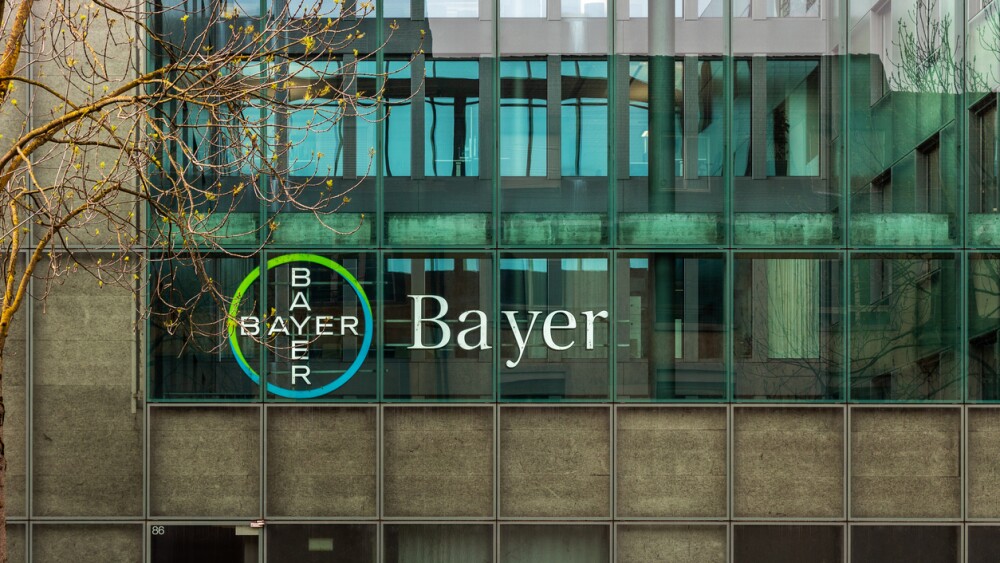New analysis from Jefferies shows that rare disease and cancer drugs granted the status are especially likely to be approved.
Around 72% of drugs given the FDA’s breakthrough therapy designation between 2013 and 2022 went on to win approval, with another 13% still awaiting a decision, according to a recently released report from Jefferies.
Jefferies’ report includes a new analysis of 599 breakthrough therapy designations (BTDs)—intended to expedite drugs targeted at serious conditions—from 2013 to 2025 (YTD) that “provides another pot’l proofpoint that the ‘new FDA’ remains functional,” the analysts wrote on Sunday, though other commentors noted the FDA might be just operating from a place of confirmation bias.
Using data from the FDA, Friends of Cancer Research and Biomedtracker, Jefferies broke the breakthrough approvals down into sectors, showing that many were granted for oncology indications. Cancer drugs made up 176 of the 223 drugs that were approved after receiving breakthrough designation for the decade covered. This makes mathematical sense, as oncology therapies accounted for 46% of all breakthrough designations between 2013 to 2025 (275 out of 599 total), trailed by drugs for infectious diseases (11%), metabolic diseases (8%) and neurological diseases (7%). Therapies for rare diseases across indications, including oncology, accounted for the majority of all designations, at 383 out of 599 total breakthrough designations granted between 2013 and 2025.
“On its face—you can’t tell whether the learning is that FDA has a keen ability to identify the most promising drugs relatively early in the process . . . or whether FDA pushes those drugs forward (in largely unconscious fashion) in a form of confirmation bias,” Steven Grossman, a policy analyst and expert who writes the FDA Matters blog, told BioSpace in an email. Grossman suggested that it could be some of both.
Of the therapies that didn’t make it across the finish line, 43% (30 of 69 failed breakthrough-designated drugs) were thwarted during clinical studies. Rare diseases were the most successful even within the failures, with only 13% of these assets discontinued during the study period.
Breakthrough designations are only one of several tools the FDA is leveraging to expedite drugs for high unmet needs to the market. Others introduced just this year include the Commissioner’s National Priority Voucher (CNPV) program, announced in June, and the Rare Disease Evidence Principles (RDEP) review process for rare diseases, rolled out last month.
But designations and vouchers, like the CNPV, serve different needs, Grossman said.
“Designations get you more FDA attention and a shot at a faster process long before, as well as during, the NDA review. You don’t get a designation until there is something defined and ‘there,’” he explained.
“Vouchers are really to incentivize projects with higher risk that are in danger of never happening (never reaching a stage where they would be eligible to be designated). In practice, they get mixed together because you (and your investors) are going to be looking for every confirmation from FDA that they are going to be supportive, pending scientific results.”
Jefferies has consistently taken a positive stance on the state of the “new FDA” that has formed under the leadership of Health Secretary Robert F. Kennedy Jr. and FDA Commissioner Marty Makary. In August, the analyst firm published data that showed the regulator is roughly on track to approve a similar number of novel drugs as in the past five years.
“We remain (+) on the state of the FDA, even after Dr. Peter Marks’ CBER resignation (March 2025) and Dr. Vinay Prasad’s subsequent appointment (May 2025), departure (July 2025), and return (Aug 2025),” the analysts wrote in their Sunday note to investors. The agency’s activity in advisory committees, other approvals and desire to release complete response letters for rejected therapies leads the analysts to believe the regulatory environment at the FDA “has not worsened” compared to prior years, they wrote.






